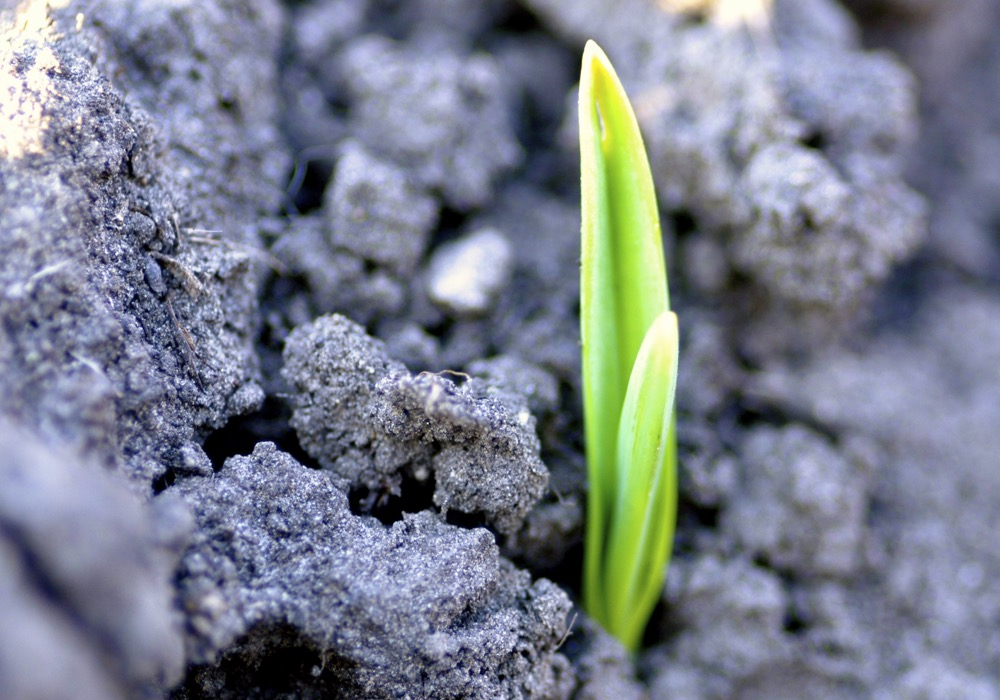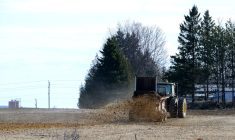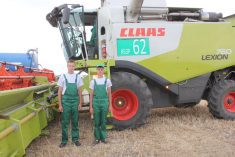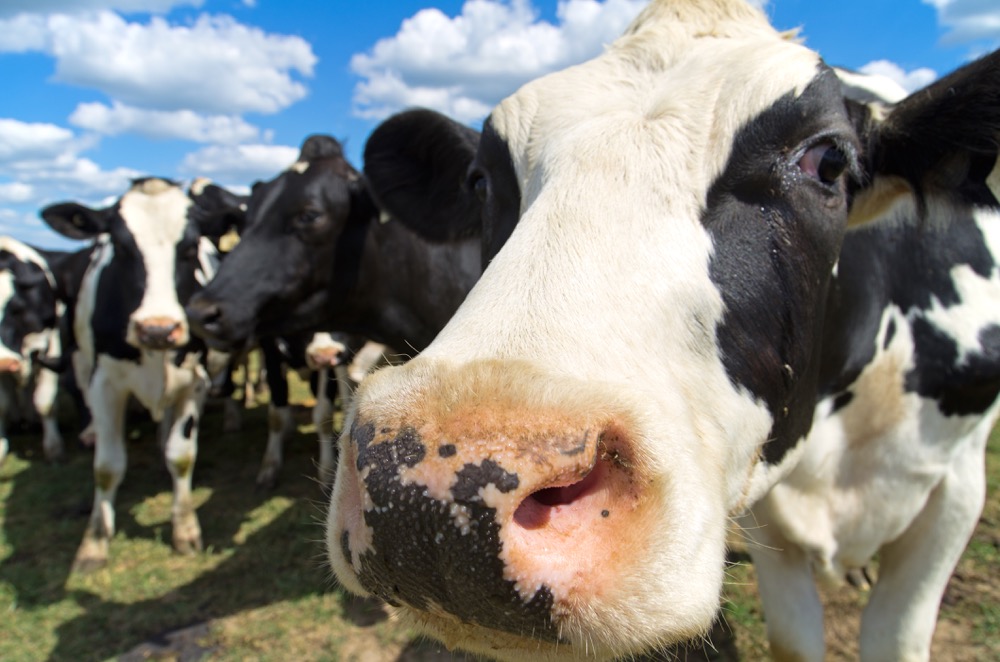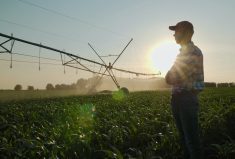The use of synthetic nitrogen is being debated around the world by farmers and scientists.
Stirring the discussion further last month was an opinion piece titled “Nutrient Claims are Crap” written by Jaqueline Rowarth in a New Zealand publication called Rural News. In it, the agrologist took a run at regenerative agriculture, describing it as “hype.”
Her theory is that organic nutrients that are broken down and released by the soil have a minimal effect as only some of those nutrients are taken up by the plant. Carbon, in her opinion, is not sequestered as a healthy contributor to soil nutrient profile but referred to as being continuously lost as carbon dioxide in healthy soil. It is true that some carbon is released in all soil, but her view is that as this situation is multiplied over years (1,000 years was the given example) soil quality has been in steady decline.
Read Also

Calgary based ag-tech company signs partnership to bring next-generation micronized elemental sulphur technology to the UAE
Sultech Global signed an agreement with ADNOC Sour Gas to bring micronized elemental sulphur to the UAE.
If this was the case then all of history must be rewritten.
In every civilization, starting over 12,000 years ago in the Fertile Crescent, soil is recorded as rich and abundant. Every plant we eat has its beginnings in the wild. If the soil was in constant decline, those plants would be, by now, extinct or so diminished in nutrient value that they would not be worth the harvest. Nor would they be of value as a base for plant-breeding programs.
- More with Brenda Schoepp: The narrow definition of a farmer is far from the whole story
Early farms were not monocultures where the same crop was planted back to back. Crops were first harvested from the wild and later, cultivated crops were rotated and often very diverse. Those crops were fertilized by animal waste and plant residue (green manure).
The first herds were often not contained and naturally moved in mobs from place to place, leaving nutrients behind and giving the land a long rest period. Humans often moved with the herds. The soil retained its quality for the coming years for both animal and plant.
As human populations not only grew but became centralized, so did livestock and crops. Consequently, the land was put under pressure. What changed was the way we farmed. Disturbance went beyond the natural occurrences of hoofs on soil and pollination to tillage and monocropping. Plants were expected to perform in all conditions and soil types.
Through photosynthesis, plants turn carbon dioxide, water and sunlight into energy and oxygen. All plants have a habit of being very selective of the microbial nutrients they take up — be that with or without synthetic fertilizer. Nitrogen is just one of those nutrients and is available in the soil and obtained by the plant at the root or root stem, and atmospheric nitrogen is absorbed by the plant via rainfall.
The argument that you need synthetic nitrogen for higher uptake from the plant is weak as it does not address mass flow, diffusion or root interception. The truth is we lack the full picture on plant metabolism, regardless of the nature and availability of the nutrient. Plants feed themselves and unused synthetic nitrogen or heavily applied organic nitrogen that is not utilized must ‘go somewhere’ and thus the relationship between excess nitrogen and ecological contamination.
The discovery of synthetic nitrogen in the early 1900s set the stage for massive crop improvement on those fields repeatedly harvested without intervals of rest and/or the application of organic fertilizer. Starting in the 1960s, farming no longer mirrored nature, and the fertilizer and chemical industry became a strong contributor to increasing production. But those tools failed to build soil health which is inclusive of bacteria and fungi.
The first granular fertilizer in the world was produced here in Canada (at Trail, B.C. in 1932, with the first-ever release of ammonium nitrate in 1963 from the same facility). Early Canadian soil maps measured the ‘texture’ of soil as the basis for classification. This was followed by ‘soil testing’ that measured soil quality. Going forward there is need to research and measure both ‘soil health’ and the plant’s determination or response in its absorption of nutrients.
There are hundreds of research papers that argue for and against synthetic fertilizer, but few tackle the importance of resiliency.
Resiliency will be a component in the measurement of soil health, for the soil itself must be able to withstand change and to revive without a co-dependency on chemical inputs. These inputs, such as synthetic nitrogen, do indeed have value but more so when they are a tool and a complement to soil health.
Regenerative agriculture is not hype, and has a strong carbon component and a focus on resiliency. Carbon is the basis for all life — including soil life. Canadian farmers are striving for ways to reduce fertilizer input and to improve soils while under the increasing pressure of production targets and climate goals.
There is much left to yet understand, and moving toward a future where all prosper is going to take collaboration, not the pitting of one farming practice against another.
Soil deserves our respect. Label any practice as you will — but first, we must look down and investigate how to nurture healthy, resilient soil and gain a deeper appreciation of how plants respond.


